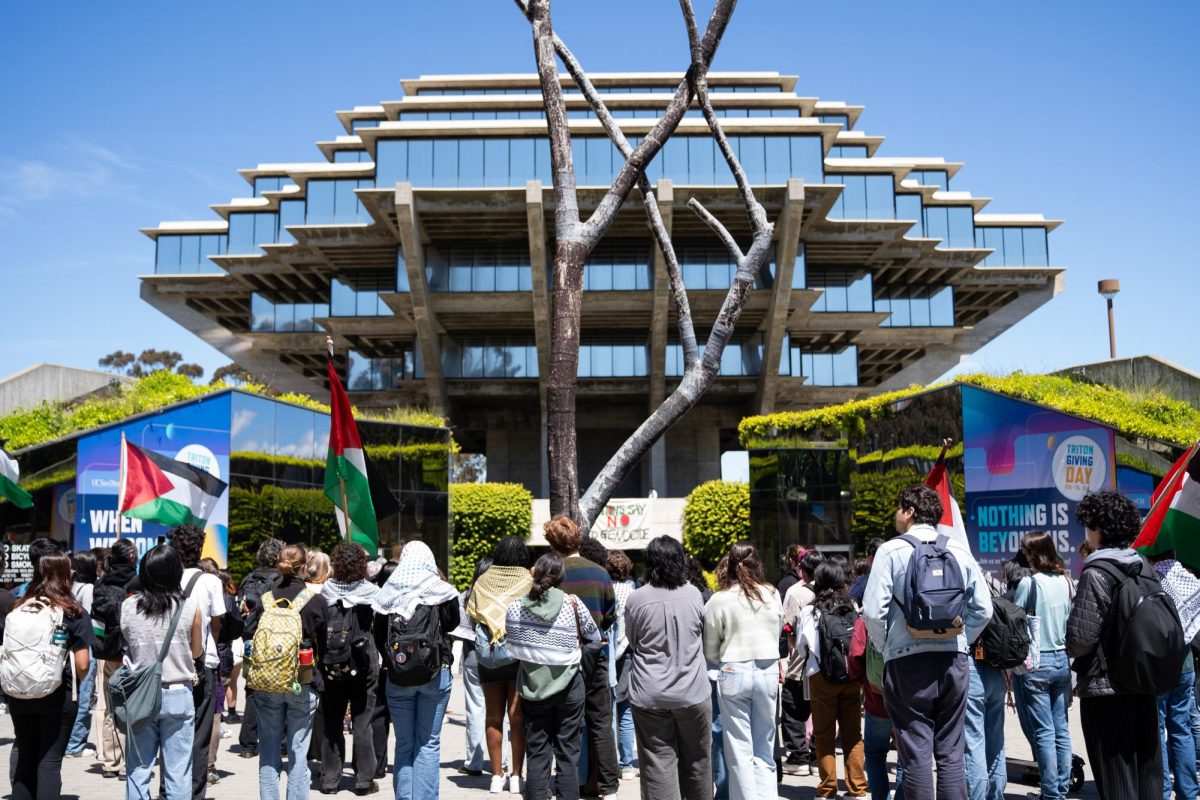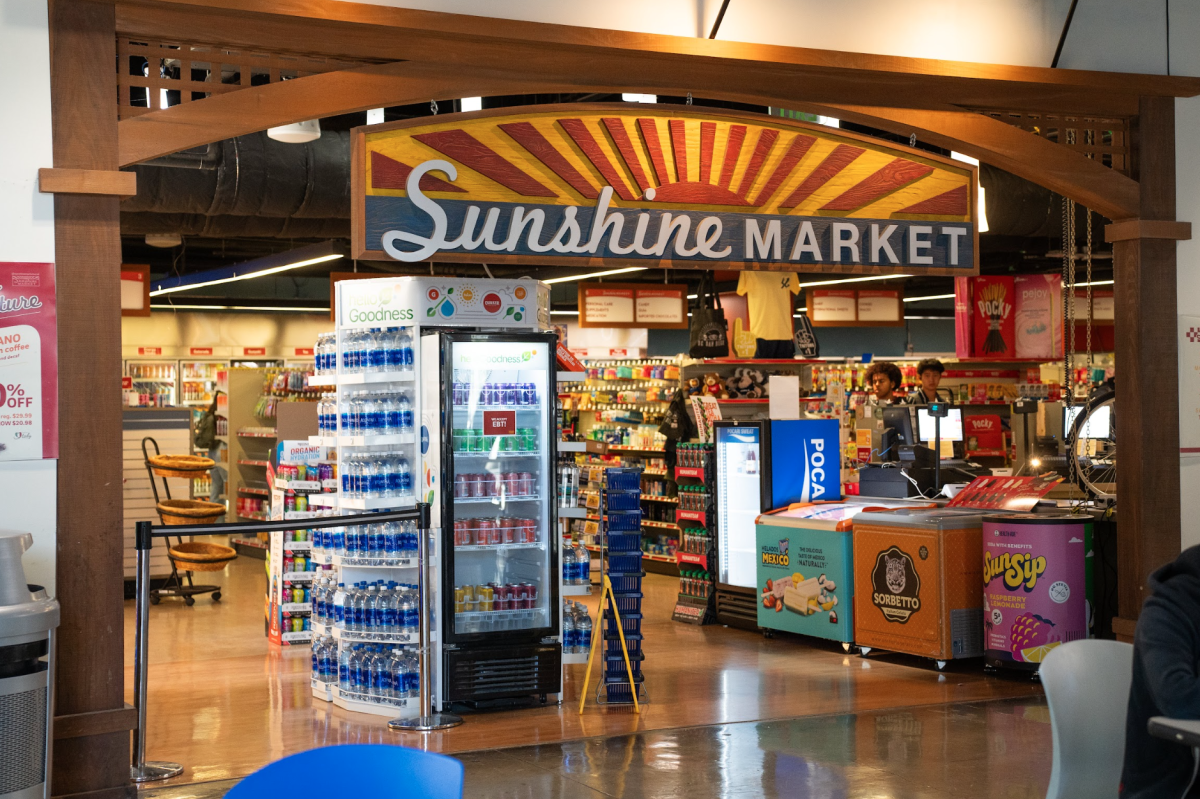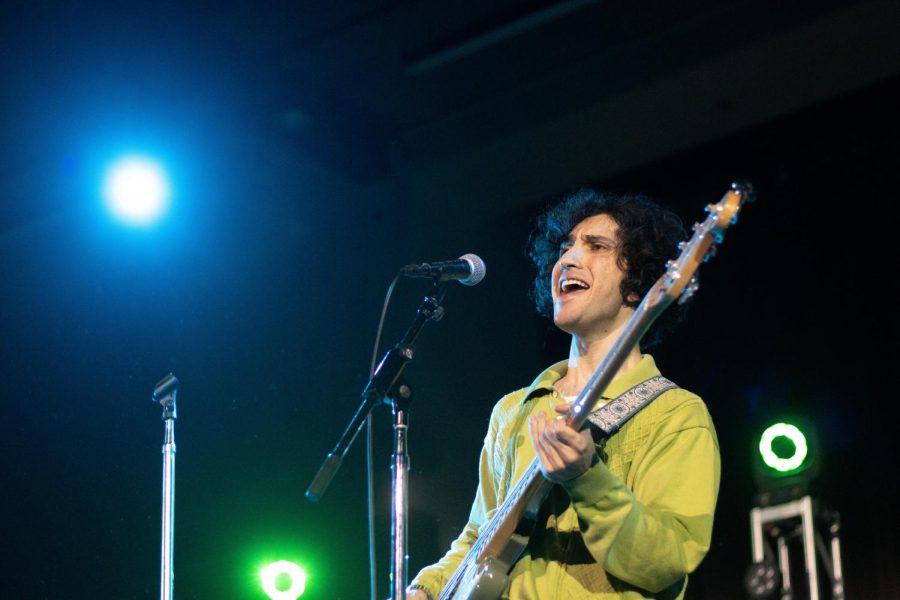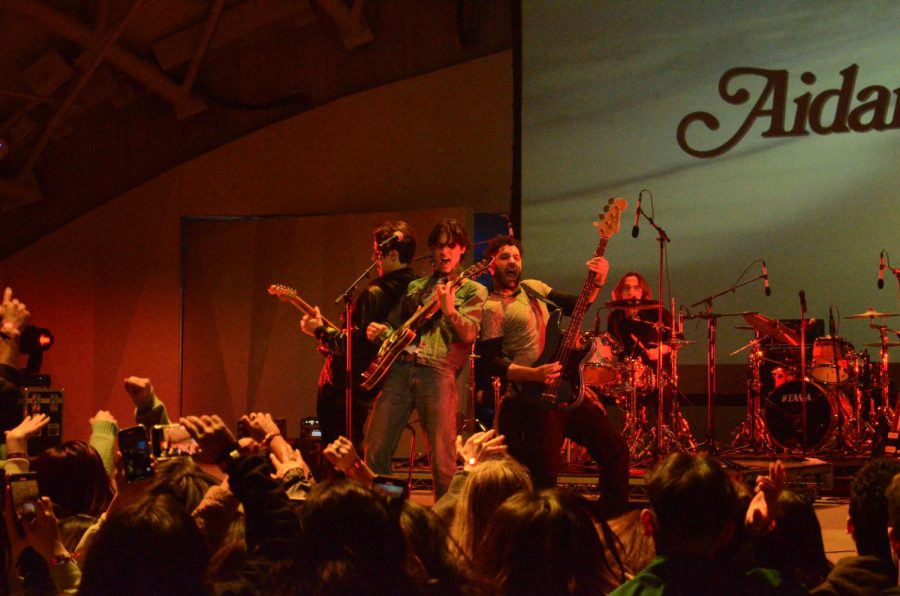Four major research institutions are joining to form a
cutting-edge San Diego Consortium on Regenerative Medicine, which will draw
together a number of major resources in the field in an attempt to further
develop regenerative science. UCSD, the Scripps Research Institute, the Burnham
Institute for Medical Research and the Salk Institute will be equal partners in
the collaboration.
The SDCRM is working on a major facilities grant from the
California Institute for Regenerative Medicine, which was created after voters
passed Proposition 71 in 2004. The amount of the grant will be determined at a
meeting of CIRM’s governing board early
next month. If the funds are granted, the facility must be finished within two
years.
The goal of the SDCRM is to promote collaboration between
leading biologists, physicians, engineers, physicists, chemists, computer
scientists and bioethicists. It will pool resources to buy state-of-the-art
tools and instruments. In addition, the consortium will recruit and train new
researchers in stem-cell research.
“The consortium provides an additional catalyst for
collaboration among the great research organizations here in
Diego
in an e-mail.
According to Reed, the Burnham Institute has a long-standing
commitment to stem-cell research dating back 11 years when it created a
specific research division dedicated to the field and began recruiting
scientists.
“Our expertise in stem-cell research, combined with the
talents of our partners, will ensure rapid progress toward innovative
cell-based therapies for many debilitating and life-threatening diseases,” Reed
said. “We have always believed that collaboration is the key to successfully
tackling tough medical problems. Collaboration is at the core of the Burnham
culture. We are proud and excited to be a member of the consortium that will
lead the world in stem-cell biology and regenerative medicine.”
Working with CIRM, the consortium will also create new
laboratories that are safe harbors for stem-cell research free from federal restrictions.
SDCRM will be performing medical research in the fields of
neurology, cardiology, ophthalmology, hematology, oncology and endocrinology.
In coordination with the consortium, the Scripps Research
Institute has created a new Center for Regenerative Medicine, naming Jeanne F.
Loring as its head.
Loring, who recently conducted research at the Burnham
Institute, said she has a clear vision for the new lab.
“Since I have been at two of the institutes in the
consortium, I think I have a pretty good feeling for how it will work,” Loring
said.
Just as SDCRM will function as a forum to bring together
leading scientists from each of the institutions, the Center for Regenerative Medicine at Scripps
will be an internal mechanism to unite scientists who are working on stem cells
and create an interdisciplinary environment.
A 1,000-square-foot space has been allocated for running
NIH-sponsored human embryonic stem-cell laboratory courses to train future
scientists. However, Loring said most research will occur in individual
scientists’ laboratories.
“The center is not so much a physical space but more of a
group of people working together,” she said.
According to Loring, Scripps’ Center for Regenerative
Medicine will be important because it brings
the institute’s strength in drug development to SDCRM. Using molecular
biology and genomics, scientists can convert embryonic stem cells into a
variety of different organ tissues on which to perform drug screening.
In this way, scientists can determine drugs’ positive and
negative side effects on different parts of the human body without actually
performing tests on human beings.
Loring said she is excited about SDCRM’s potential.
“The consortium gives us breadth in a lot of different areas
of expertise,” she said.
Surprisingly, the construction of the new centers is not
causing very much controversy over the use of embryonic stem cells, said Burnham
Institute Vice President of Communications Andrea Moser. Instead, Moser said
the main criticism involves SDCRM’s planned location, which lies adjacent to
the Torrey Pines Gliderport.
A meeting took place last week where community members
discussed their concerns about how the building will impact the local
community.
The planned $115-million main facility, the “collaboratory,”
will be built on 7.5 acres of UCSD land near the gliderport. Glider enthusiasts
are worried that the center will be too close to their unpaved airstrip, which
is located on UCSD-owned land, and used intermittently by glider pilots to
launch over the
building is not expected to have any impact on hang gliders.
Supporters of the lab’s construction point out that the
building would not be any taller than the surrounding eucalyptus trees, which
do not seem to pose a problem to the pilots. In an editorial last week, the
[San Diego Union-Tribune] said, “It would be a tragedy of enormous proportions
if glider advocates succeeded in snuffing out this promising initiative.”
However, Rolf Schulze, president of the Associated Glider
Clubs of Southern California, said lab planners should explore other
construction sites.
“UCSD owns many other nearby sections of land that would be
even more suitable for the stem-cell facility, while not resulting in the
destruction of a world-renowned and historic aviation facility used by Charles
Lindbergh and many other aviation pioneers,” he said.
The California Coastal Commission and Caltrans will both
have to approve the lab’s construction.
The Historical Resources Commission in
of the gliderport in the National Register of Historic Places to protect it.







